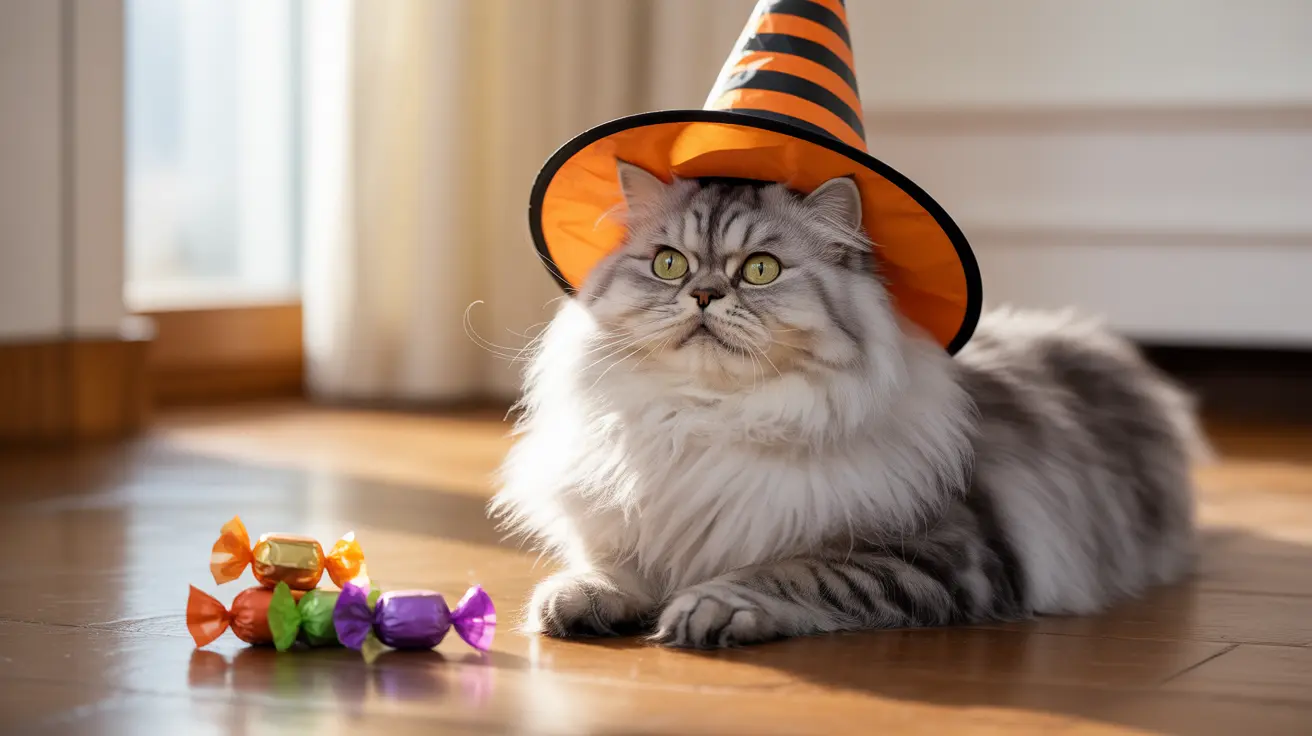If you've ever wondered what cat scratchers are for, you're about to discover why these seemingly simple items are absolutely essential for your feline friend's physical and emotional well-being. Cat scratching isn't just a random behavior - it's a complex, instinctive activity that serves multiple vital purposes in your cat's life.
From maintaining healthy claws to marking territory and managing stress, scratching plays a crucial role in your cat's overall health and happiness. Let's explore the fascinating world of feline scratching behavior and understand why providing appropriate scratching outlets is fundamental to responsible cat ownership.
The Essential Functions of Cat Scratching
Physical Health and Maintenance
Cat scratchers serve a fundamental role in maintaining your cat's physical health. When cats scratch, they remove old nail sheaths, exposing fresh, sharp claws underneath. This natural manicure process is essential for keeping their claws in optimal condition and preventing painful overgrowth or ingrown nails.
Additionally, scratching provides an excellent full-body workout. As cats stretch and pull against scratching surfaces, they engage multiple muscle groups, particularly in their shoulders, back, and legs. This helps maintain muscle tone and flexibility, especially important for indoor cats who may have limited exercise opportunities.
Territory Marking and Communication
When your cat scratches, they're not just grooming their claws - they're leaving their mark on the world. Cats have scent glands in their paw pads that release pheromones during scratching, creating invisible but important territorial markers. These chemical signals communicate various messages to other cats, including information about their presence, health status, and territorial boundaries.
The Mental and Emotional Benefits of Scratching
Stress Relief and Emotional Expression
Scratching posts provide vital emotional outlets for cats. The act of scratching releases endorphins, natural feel-good hormones that help reduce stress and anxiety. This is why you might notice your cat scratching more frequently during times of change or when they're feeling particularly content.
Recent research has challenged traditional views about scratching being solely a stress response. In fact, cats often scratch in areas where they feel secure and comfortable, using it as a form of positive emotional expression rather than just a coping mechanism.
Choosing and Placing Cat Scratchers
To maximize the benefits of cat scratchers, it's crucial to select appropriate options and place them strategically throughout your home. Look for sturdy posts that won't wobble when your cat uses them, and consider offering various textures and orientations (vertical, horizontal, and angled) to cater to your cat's preferences.
Position scratching posts near your cat's favorite resting spots and in high-traffic areas of your home. Many cats prefer to scratch after waking from naps or during periods of social interaction, so placing posts in these locations increases the likelihood of appropriate scratching behavior.
Frequently Asked Questions
What are cat scratchers for and how do they benefit my cat's claw health?
Cat scratchers allow cats to maintain healthy claws by removing old nail sheaths and keeping claws sharp. They also provide exercise and help cats mark their territory through scent glands in their paws.
How do cat scratching posts help reduce stress and anxiety in cats?
Scratching releases endorphins that naturally reduce stress and anxiety. Having designated scratching areas also helps cats feel more secure in their environment by allowing them to mark their territory.
Can using a scratching post really protect my furniture from damage?
Yes, providing appropriate scratching posts can significantly reduce furniture damage by giving cats a preferred alternative that satisfies their natural scratching instincts.
What types of cat scratchers are best to encourage my cat to scratch appropriately?
The best scratchers are sturdy, tall enough for full stretching, and made of materials cats prefer, such as sisal rope, cardboard, or carpet. Offering various textures and orientations helps cater to individual preferences.
Where should I place a scratching post to make it most appealing and effective for my cat?
Place scratching posts near sleeping areas, in social spaces, and near furniture your cat might otherwise scratch. Cats often scratch after waking up or during social interactions, so these locations encourage appropriate use.
Conclusion
Understanding what cat scratchers are for helps us appreciate their vital role in feline health and happiness. By providing appropriate scratching outlets and understanding this natural behavior, we can better support our cats' physical and emotional needs while protecting our homes from unwanted damage.






